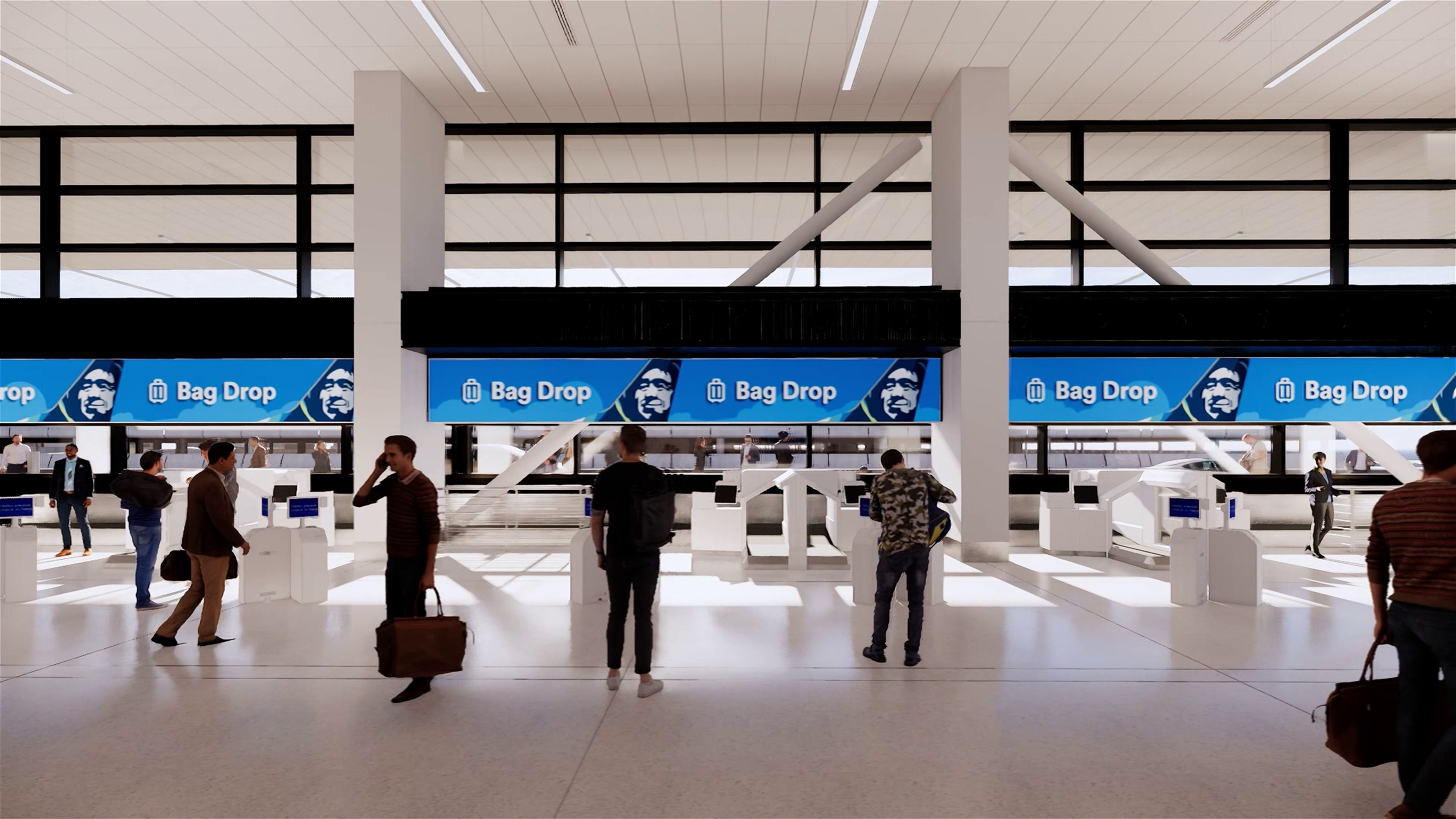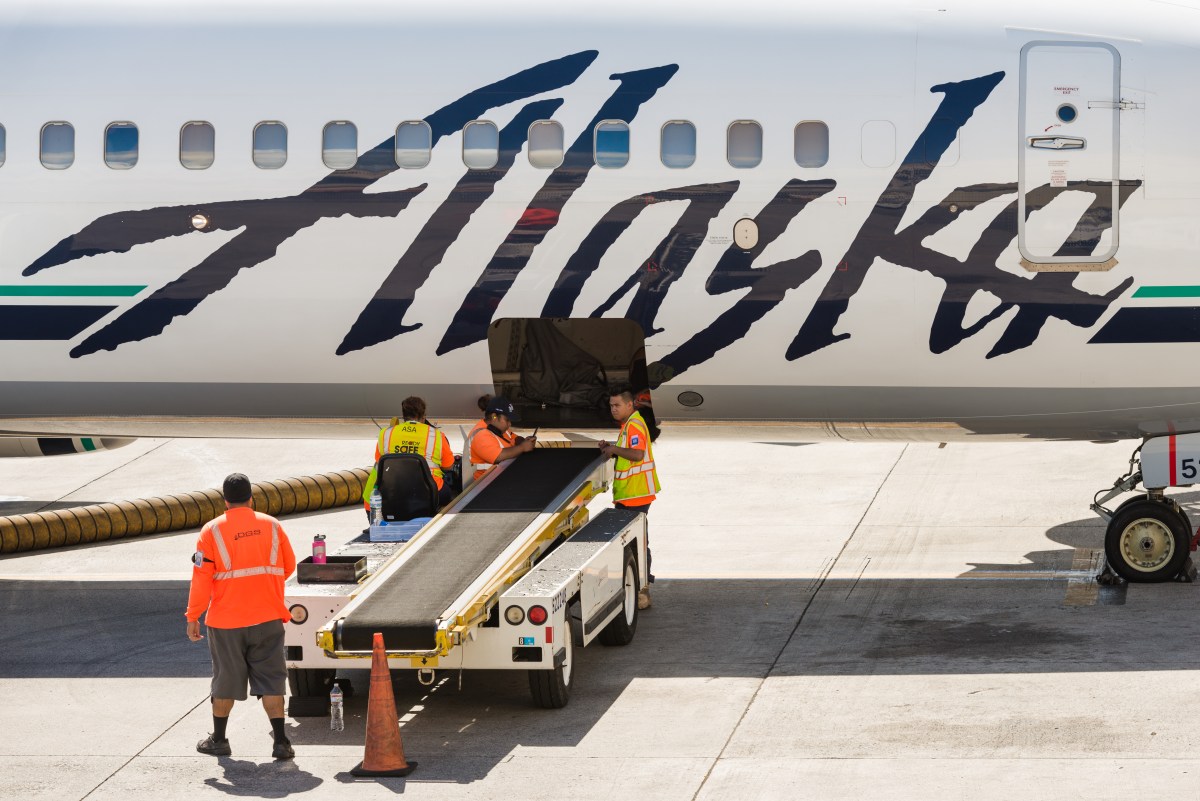Alaska Airlines recently started a 3-year, $2.5 billion project to improve the airport experience at its hubs and focus cities like Seattle, Portland, San Francisco and Los Angeles. As a part of this project, the airline is looking to modernize the lobby experience and as the company announced today, the most visible change here will be the removal of the good old check-in kiosk.
Alaska will encourage fliers to check in at home or on their smartphones and instead of the kiosks, the airline will introduce single-function, iPad-based bag tag stations, where fliers can scan their boarding passes to get a bag tag, and automatic bag drops. These bag drops will also mark the first time Alaska will use biometric data to authenticate travelers.
The airline started testing this system at a number of airports, including Palm Springs, in recent months, but it’s now announcing this wider rollout.

Image Credits: Alaska Airlines
Charu Jain, Alaska’s senior VP of merchandising and innovation, stressed that Alaska was the first airline to put kiosks in the airport lobby and that it now wants to be the first to remove them. The airline, she said, is always looking for ways to remove pain points and the lobby experience remains one of those, as travelers simply want to get through security and to their gate.
“When we looked at what to do with that pain point, we started reimagining the lobby and looking at customer behavior and trends,” Jain said. “Everybody uses their mobile phone now. So we’re really kind of saying ‘goodbye to kiosks and hello smartphone’ and what that does is it creates a very easy way to connect and get through the lobby in five minutes or less.”

Image Credits: Alaska Airlines
She noted that today, across all of the airports that Alaska serves, about 70% of travelers check in before they arrive at the airport (and in some places, that number is significantly higher). The company wants to drive that number to 90%. The idea to get every flier through the lobby is five minutes is also ambitious. However, Jain argues that today, users have to enter their confirmation number in the kiosk and then maybe pay for baggage and also select seats — and then wait for the machine to print a boarding pass — all of which can take over five minutes. Now, at some of the stations that the company has started using this system, fliers take around 45 seconds to print a bag tag.

Image Credits: Alaska Airlines
It’s interesting that Alaska decided to go with a consumer-level iPad connected to a printer for the bag tagging experience, but Jain argues that this allows the company to quickly iterate on the experience. She noted that Alaska worked closely with Apple on this project. Alaska also already provides all of its agents with iOS devices. “What this does is it creates this iOS ecosystem where all that technology can talk to each other now,” she explained. “So we’re connecting the agents not just physically but also through technology with our guests. And a lot of our guests have Apple phones versus Android, too. It’s easy to change, too. Any change on the kiosk, you’d have to work with a vendor and that takes about six weeks. With these, we can roll out changes very quickly and it’s a very simple and good user experience.”

Image Credits: Alaska Airlines
The new automated bag drops will launch later, but once they become available, they’ll look quite similar to Delta’s new biometrics-based bag drops and just like with Delta’s system, Alaska will also work with the TSA to enable biometric confirmation that it was really you who dropped off a bag (though you will also be able to scan your ID or work with an agent).
It’s worth noting that Alaska is obviously aware that not everybody will be able to check in online. gents will remain available for assistance, and Jain emphasized that travelers will continue to have this option.


